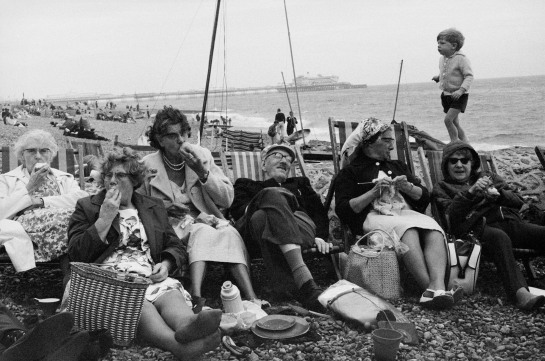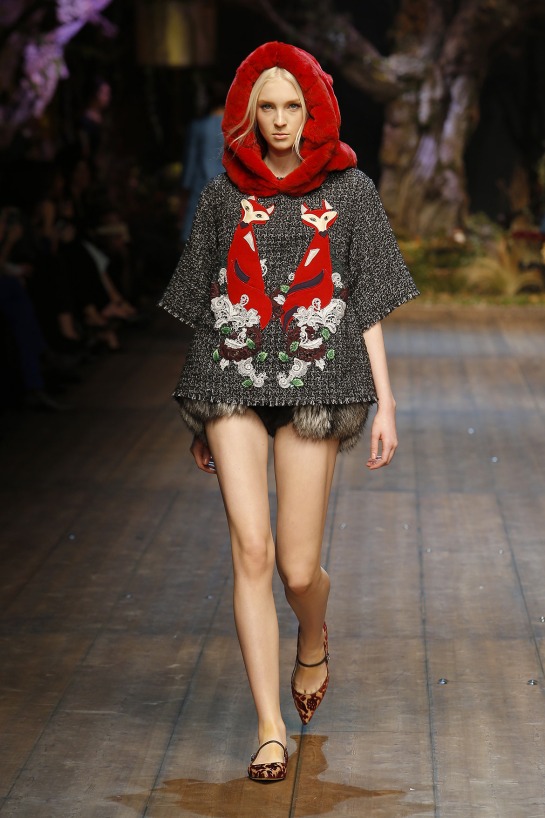I had the pleasure to stay for a few days in London recently. While spending some time with my Londoner family, their typical sense of humour reminded of Tony Ray-Jones and Martin Parr’s “Only in England” exhibition. It explores the lasting influences of the too short career of British photographer Tony Ray-Jones on the developement of British photography since the 70’s and on Martin Parr’s work. Driven by the moto “Don’t take boring pictures”, Ray-Jones was fascinated by the eccentricities of English social customs and immortalized what he thought was a disappearing way of life. Full of melancholy and humour, his work impacted Parr’s rarely seen black and white photographs from ‘The Non-Conformists’ series. Known for his sociological and satirical point of view, Parr provided his own analysis of the modern life, documenting the social classeds of England.
Beauty Contest Southport, Tony Ray-Jones, 1967
Mankinholes Methodist Chapel, Martin Parr, 1975
Blackpool, Tony Ray-Jones, 1968
Brighton Beach, Tony Ray-Jones, 1967
Tom Greenwood cleaning, Martin Parr, 1976





























